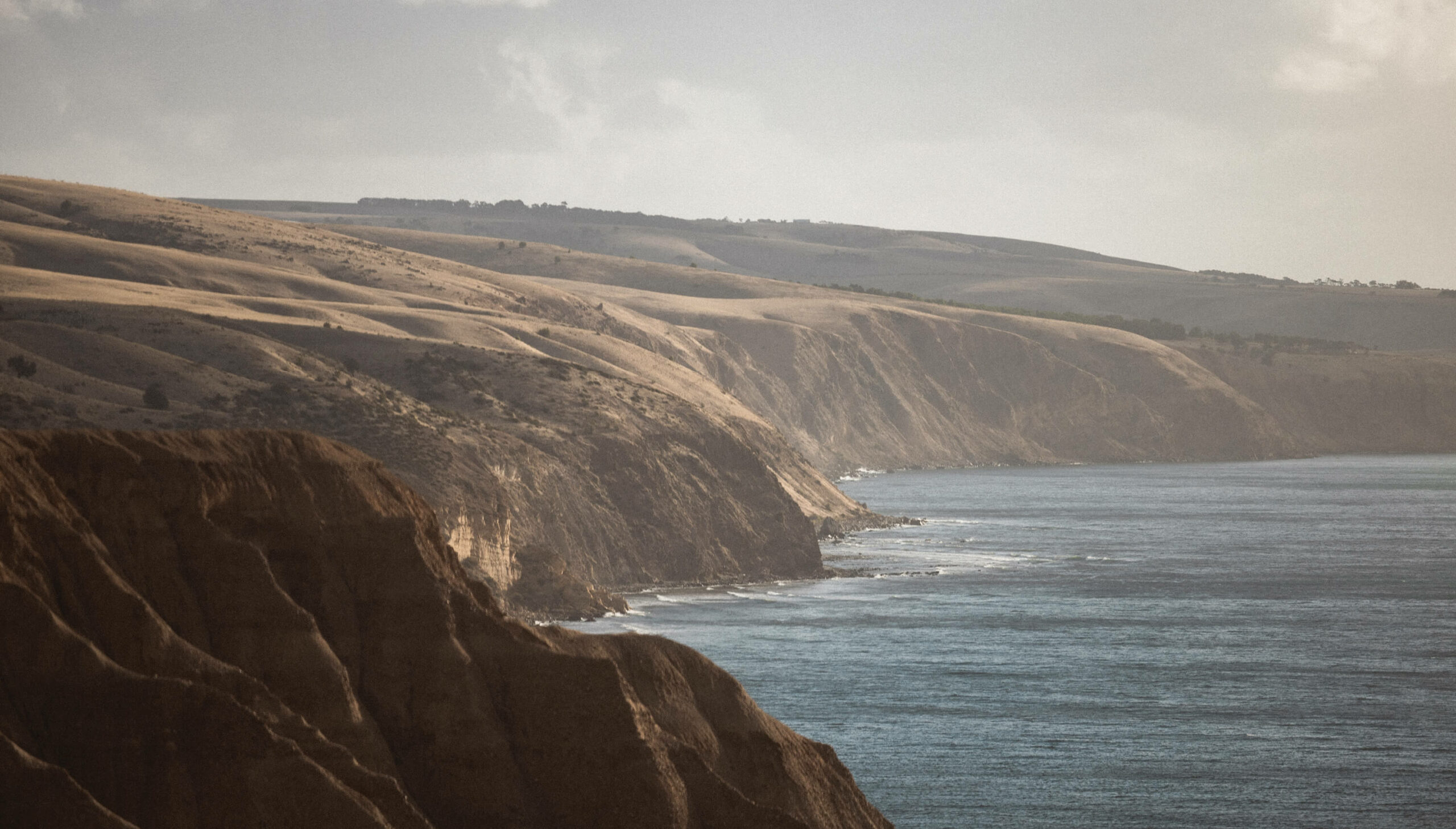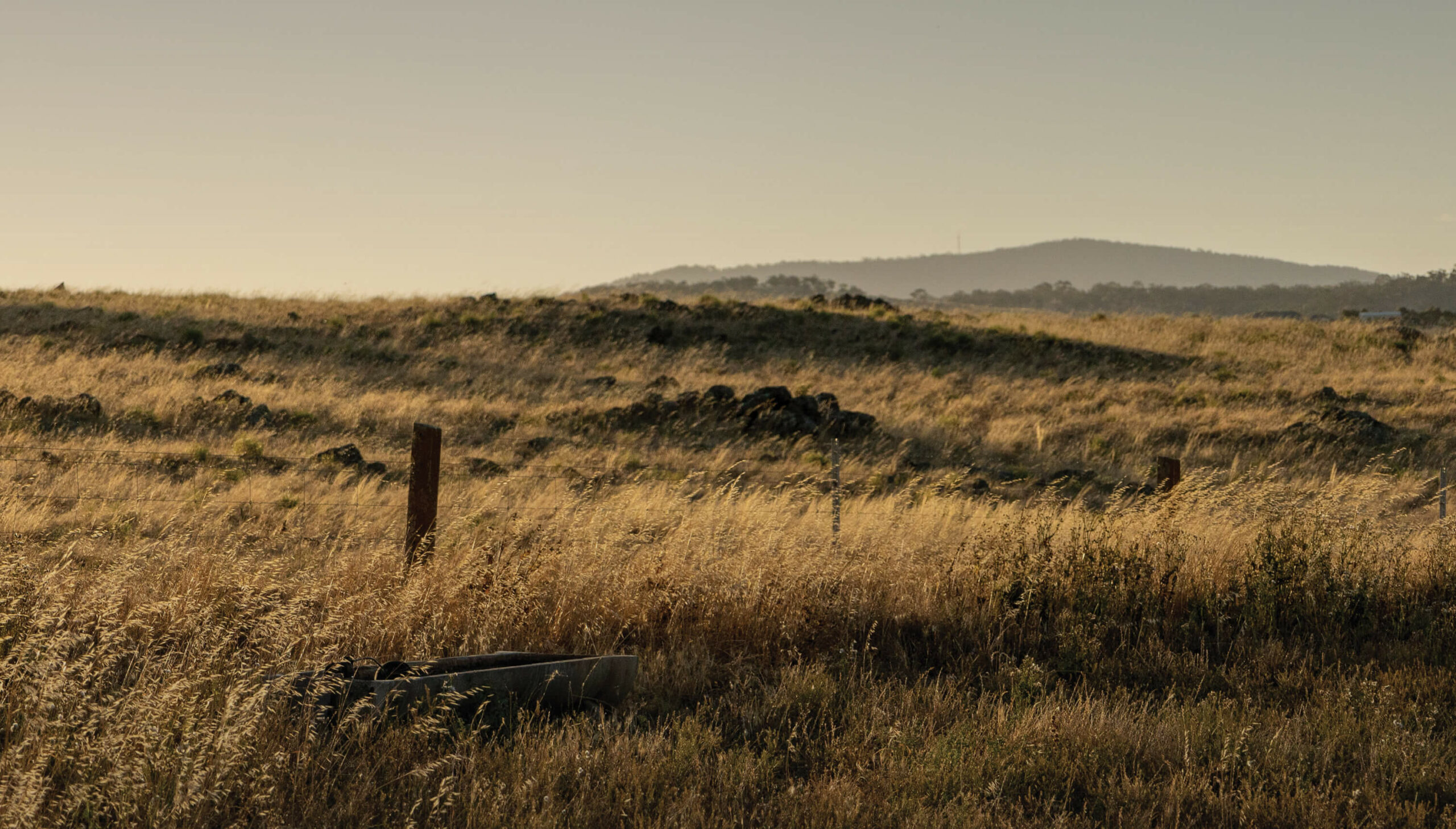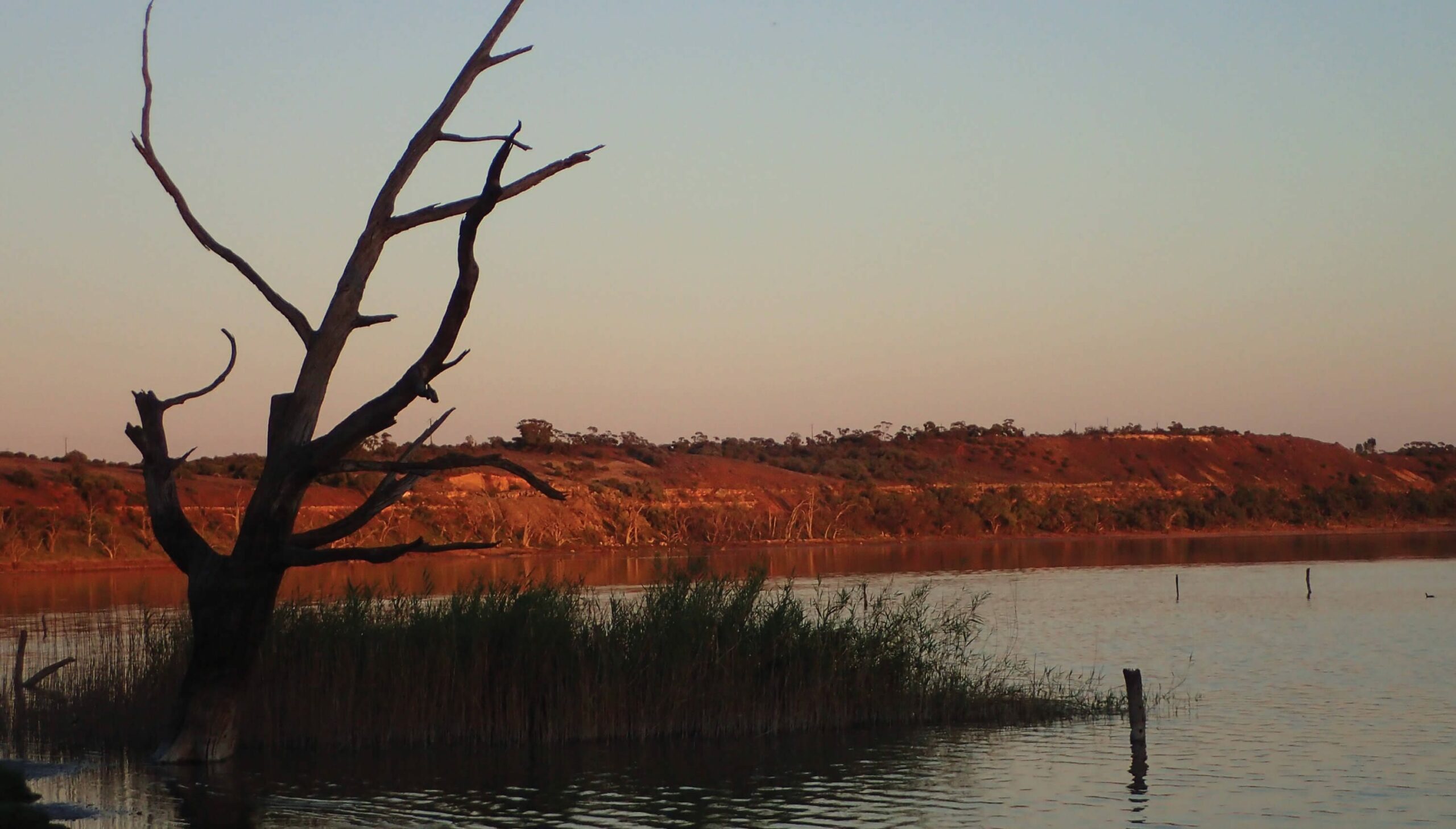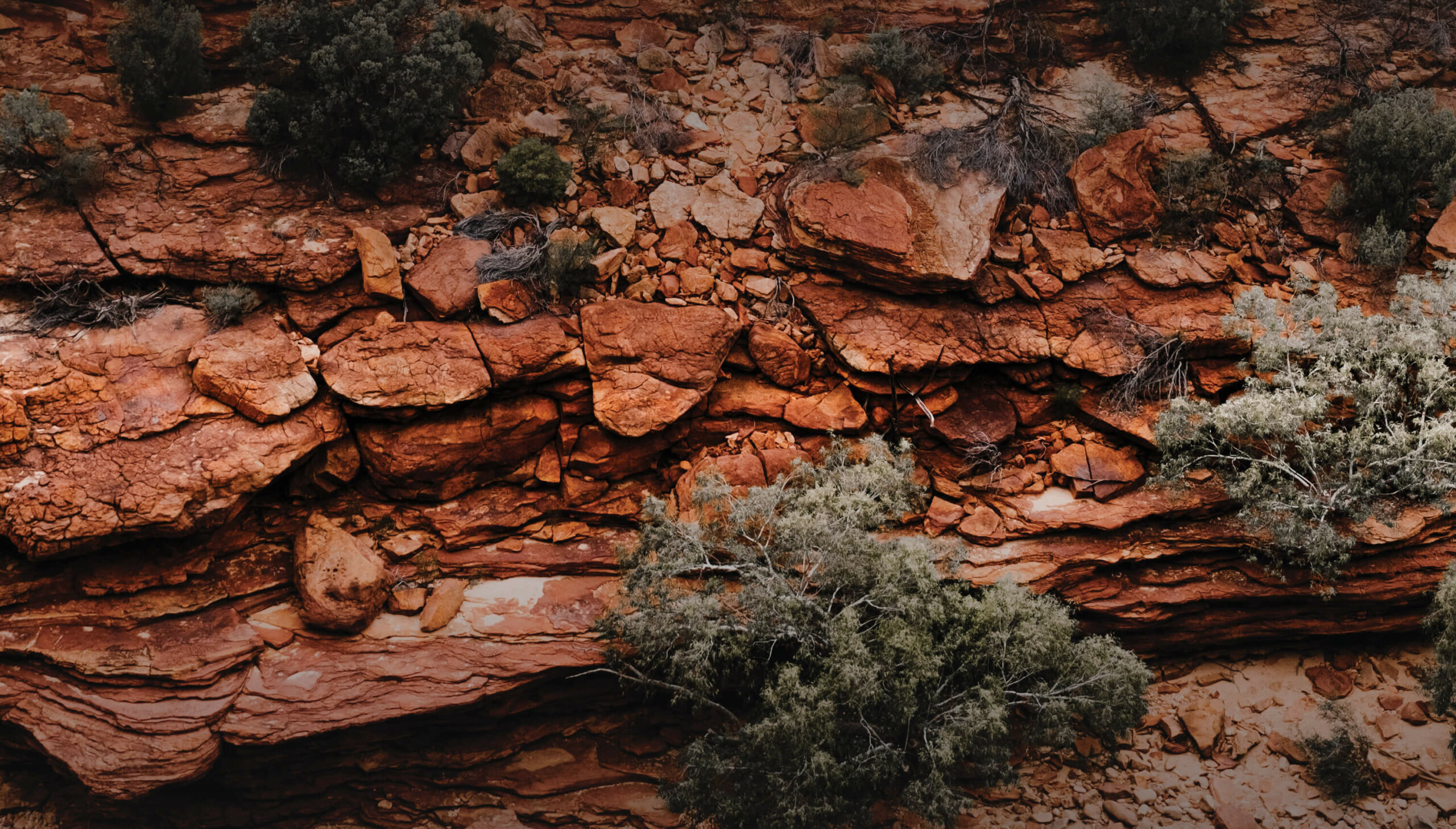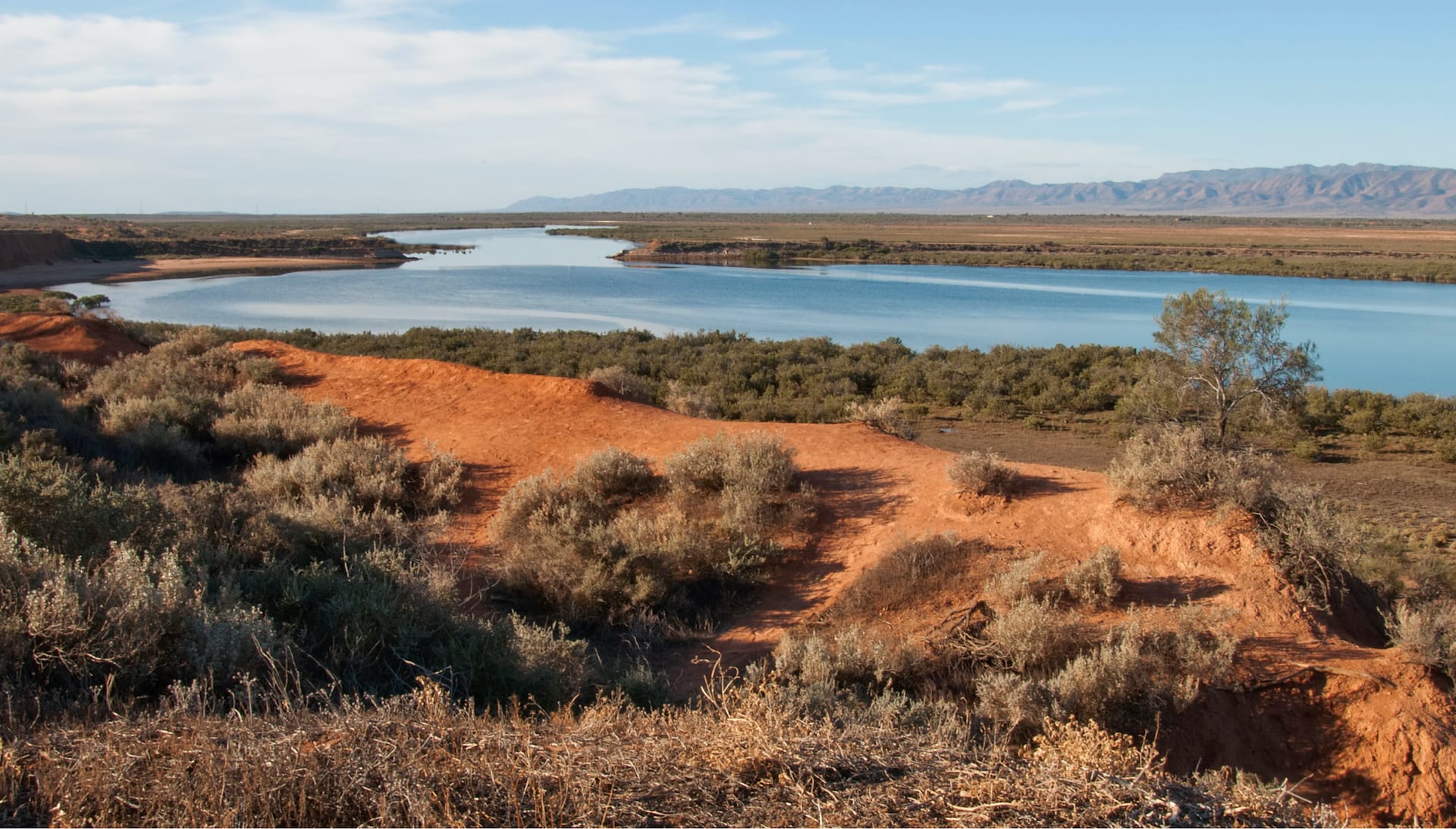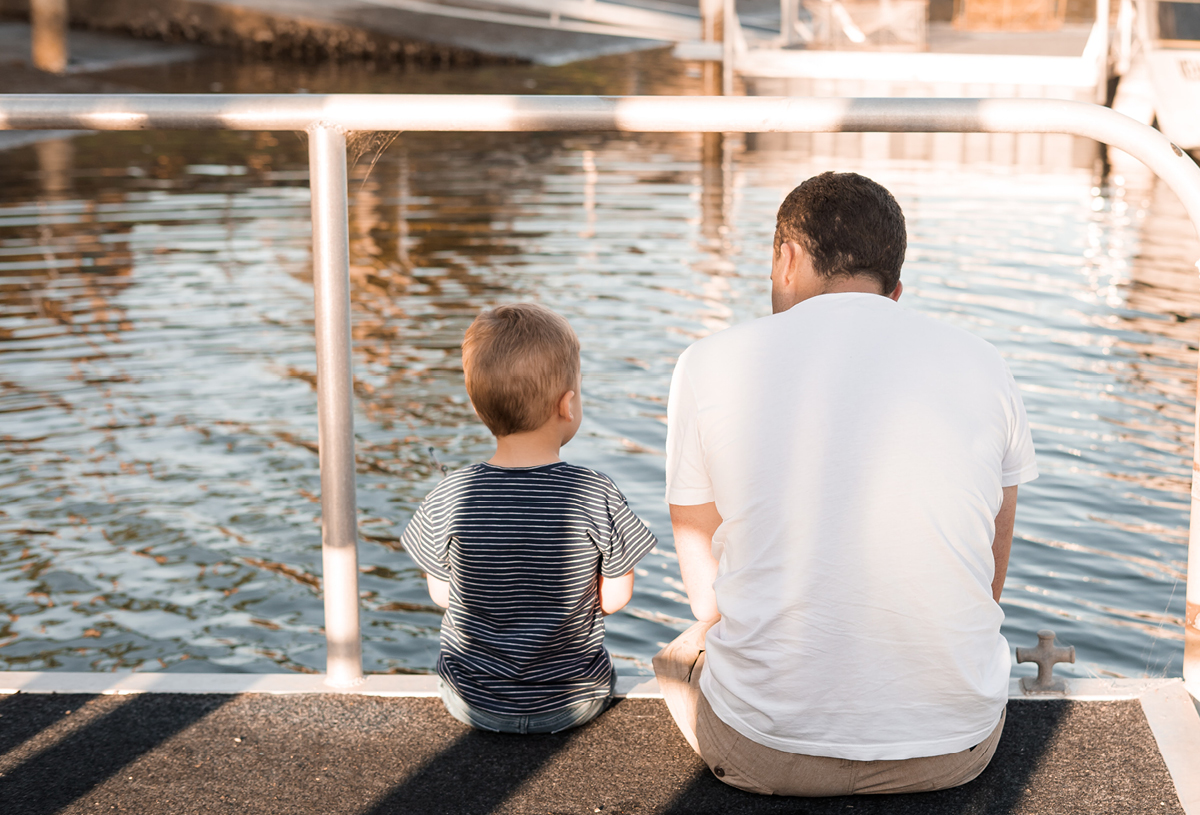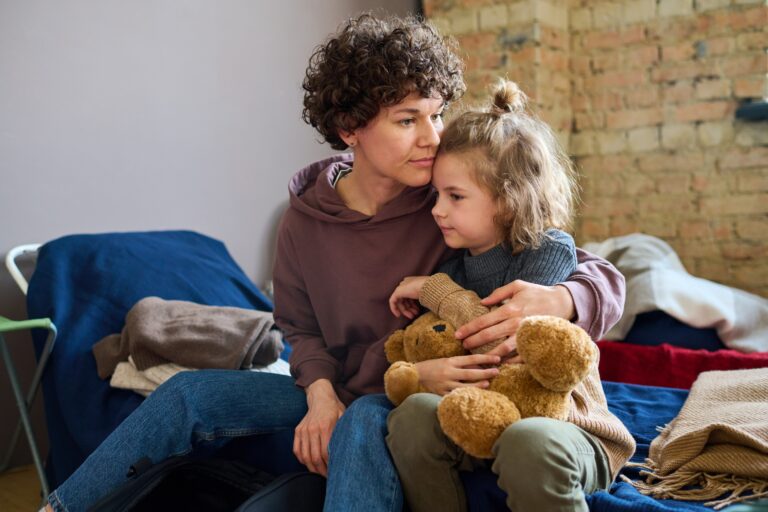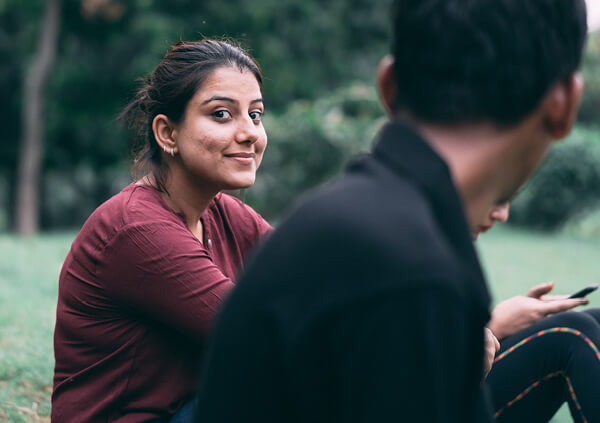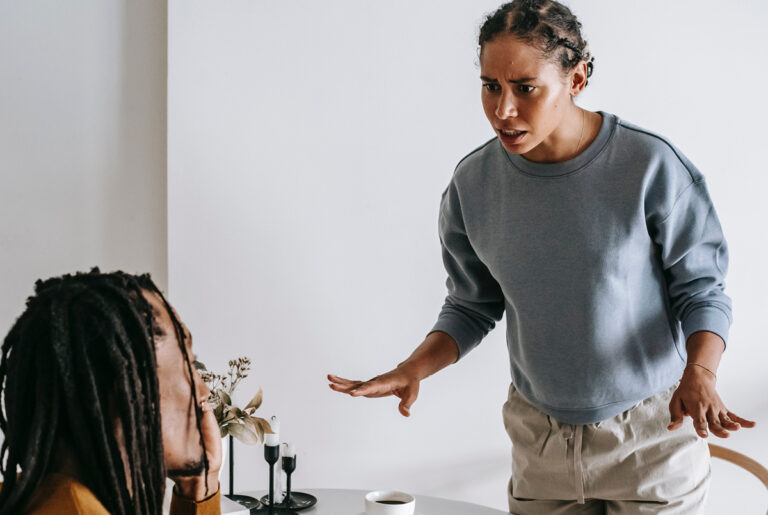In Part 4 we talk about how children of different ages adapt to conflict. Let’s Talk About Conflict is a seven-part video series, each 5–10 minutes in duration, with supportive learnings and takeaways.
Children are Sensitive to Conflict
While children of all ages are sensitive to parental conflict, they adapt in different ways. Severe parental conflict may lead to a range of behavioural, emotional, academic, health, and social problems in your child.
Children Respond and Adapt in Different Ways
A plant can sense and cope with harsh conditions such as drought by slowing or stopping growth, redirecting energy resources to protect itself from stress-related damage. Similarly, your child may try to control their experience of parental conflict in various ways to regain a sense of emotional security, which can be a drain on their developmental energy to grow.
Prenatal: Mothers who are stressed by conflict or the experience of violence during pregnancy can over-produce the stress hormone, cortisol, which can lead to long-lasting changes in their unborn child’s brain.
0–4 years: Parent conflict is particularly tough for children, as they are not born with any ability to control, or escape, the stress they feel. To cope, they may become watchful and jumpy, or very withdrawn.
5–12 years: Children typically may want to help parents in conflict by trying to distract them by misbehaving or stepping in.
13–17 years: Teenagers are more likely to try to avoid the conflict, often by hiding in their rooms, or being at other friend’s houses.
Children who witness severe and ongoing parental conflict may display:
- ‘Acting out’ (disruptive, impulsive, angry, or hyperactive behaviours)
- ‘Holding in’ (depression, anxiety, and withdrawal)
- Academic problems (learning, poor school grades)
- Health problems (digestive problems, fatigue, reduced physical growth, headaches, abdominal pains, difficulty sleeping)
- Social and relationship problems (such as difficulty making and keeping friends)
Reflections
Consider whether and how your conflict might be related to your child’s behaviours. Do they happen on a regular basis? Are they distressing to your child and those around them? Do they persist over a period of time (a month or longer) or across situations (at home and at child care/school)? If so, it might be time to get support or advice.
Watch the Full Series
The series is designed for use by parents, whether they live together or are separated. It is a practical tool to support them to reduce the impact of their conflict on their children’s emotional and social development.
Based on more than 20 years of scientific research and practice evidence, it features ideas and tips from experts that are direct and to-the-point. The series also highlights the real experiences of parents who have made real-life challenges related to the conflict in their family. To explore how parental relationships affect children, what the full series:
- Introduction: Let’s Talk About Conflict
- Part 1: What is ‘parental conflict’, and why should we talk about it?
- Part 2: What your parents did not know
- Part 3: How does parental conflict impact on child development?
- Part 4: How do children adapt to parental conflict?
- Part 5: How can parents manage parental conflict?
- Part 6: How can parents help repair damage from parental conflict?
Please note that Relationships Australia SA does not offer a certificate or verification of completion for these videos.
Acknowledgments
Let’s Talk About Conflict © was written by Jennifer E. McIntosh and Craig Olsson from the Centre for Social and Early Emotional Development (SEED), Deakin University. It was produced by Relationships Australia SA.
If you feel like you need extra support Relationships Australia SA also offers a range of services for families and children and youth that can help. Together4Kids provides therapeutic support to children aged 0–12 to help them: overcome trauma, strengthen children’s ability to deal with difficult feelings and reactions, and adjust to family changes and disruptions. Get in touch with us today.
